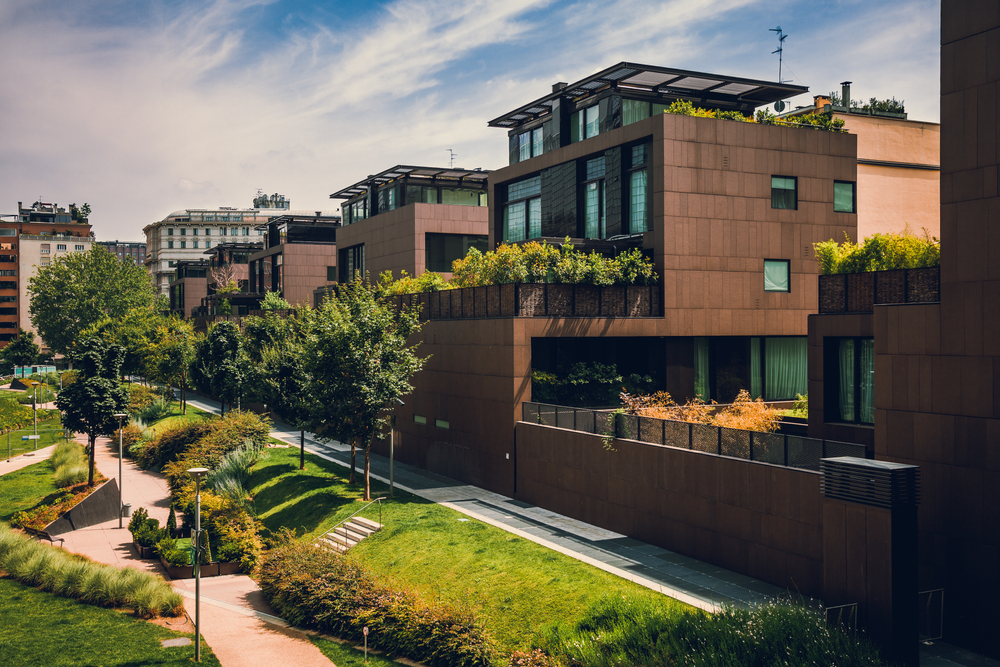The Quiet Revolution of Micro-Community Living
In a world of sprawling metropolises and digital connections, a subtle shift is reshaping how we define community and belonging. Micro-community living, a innovative approach to shared spaces and values, is gaining traction across urban landscapes. This movement is redefining social bonds and challenging traditional notions of neighborhood dynamics. Read below to explore the fascinating world of micro-communities and their impact on modern society.

The Genesis of Micro-Communities
The roots of micro-community living can be traced back to the communes of the 1960s and 1970s. However, today’s incarnation is far removed from those earlier experiments. Modern micro-communities emerged in response to growing urban isolation, skyrocketing housing costs, and a desire for more sustainable living arrangements. Unlike their predecessors, these communities are not about dropping out of society but rather about creating a more intentional way of living within it.
Sociologists point to the late 2000s as the turning point when micro-communities began to gain significant traction. The 2008 financial crisis forced many to rethink their living situations, while the rise of the sharing economy made collaborative consumption more appealing. These factors, combined with increasing awareness of environmental issues, created fertile ground for the micro-community concept to flourish.
Anatomy of a Micro-Community
At its core, a micro-community is defined by its shared spaces and collective decision-making processes. Common areas often include gardens, workshops, and communal kitchens, fostering interaction and resource-sharing among residents. Governance structures vary, but most employ some form of participatory democracy, with regular meetings and consensus-based decision-making.
The physical layout of micro-communities often reflects their values. For instance, car-free communities might be designed with extensive bike paths and shared electric vehicles. Others might feature communal renewable energy systems or on-site food production facilities. The key is that the built environment supports and reinforces the community’s shared goals and lifestyle choices.
The Social Fabric of Micro-Living
One of the most striking aspects of micro-community living is its impact on social connections. Research has shown that residents of these communities report higher levels of social support and lower levels of loneliness compared to their counterparts in traditional urban settings. This is particularly significant given the growing concern over the epidemic of loneliness in modern societies.
The intentional nature of these communities fosters a sense of belonging that many find lacking in contemporary urban life. Shared meals, collaborative projects, and community events create numerous opportunities for meaningful interaction. Moreover, the diversity often found in these communities – spanning age, profession, and background – provides a rich social tapestry that many residents find intellectually and emotionally stimulating.
Economic and Environmental Implications
Micro-communities are not just reshaping social dynamics; they’re also challenging economic norms. By sharing resources and space, residents often find they can reduce their living costs significantly. Communal purchases, from tools to bulk food items, offer economies of scale that individual households can’t match. Some communities have even established their own internal economies, using time banks or local currencies to exchange goods and services.
From an environmental perspective, micro-communities often boast a significantly smaller ecological footprint than traditional urban dwellings. Shared spaces mean less overall built area per person, while communal resources reduce individual consumption. Many of these communities also serve as incubators for sustainable technologies and practices, from cutting-edge recycling systems to innovative urban agriculture techniques.
Challenges and Criticisms
Despite their benefits, micro-communities face several challenges. Zoning laws in many cities are not designed to accommodate these innovative living arrangements, leading to legal hurdles. There’s also the question of scalability – can the intimacy and shared values of these communities be maintained as they grow larger?
Critics argue that micro-communities risk becoming insular, creating bubbles of like-minded individuals disconnected from broader society. There’s also concern about the potential for these communities to exacerbate gentrification, particularly if they attract affluent residents to previously affordable neighborhoods.
The Future of Urban Living?
As cities grapple with issues of affordability, sustainability, and social cohesion, micro-communities offer an intriguing model for urban development. Some forward-thinking city planners are already incorporating elements of micro-community design into larger developments, creating hybrid spaces that blend private and shared living.
The COVID-19 pandemic has further highlighted the potential of micro-communities. Their emphasis on local connections and self-sufficiency proved resilient in the face of lockdowns and social distancing measures. This has led to renewed interest in the model, with some predicting a surge in micro-community development in the coming years.
As we look to the future, micro-community living stands as a testament to human ingenuity and adaptability. By reimagining the way we live together, these communities are not just addressing contemporary challenges – they’re pioneering new forms of social organization that could shape the cities of tomorrow. Whether they remain a niche phenomenon or become a mainstream housing option, micro-communities have already left an indelible mark on our understanding of urban life and community in the 21st century.





